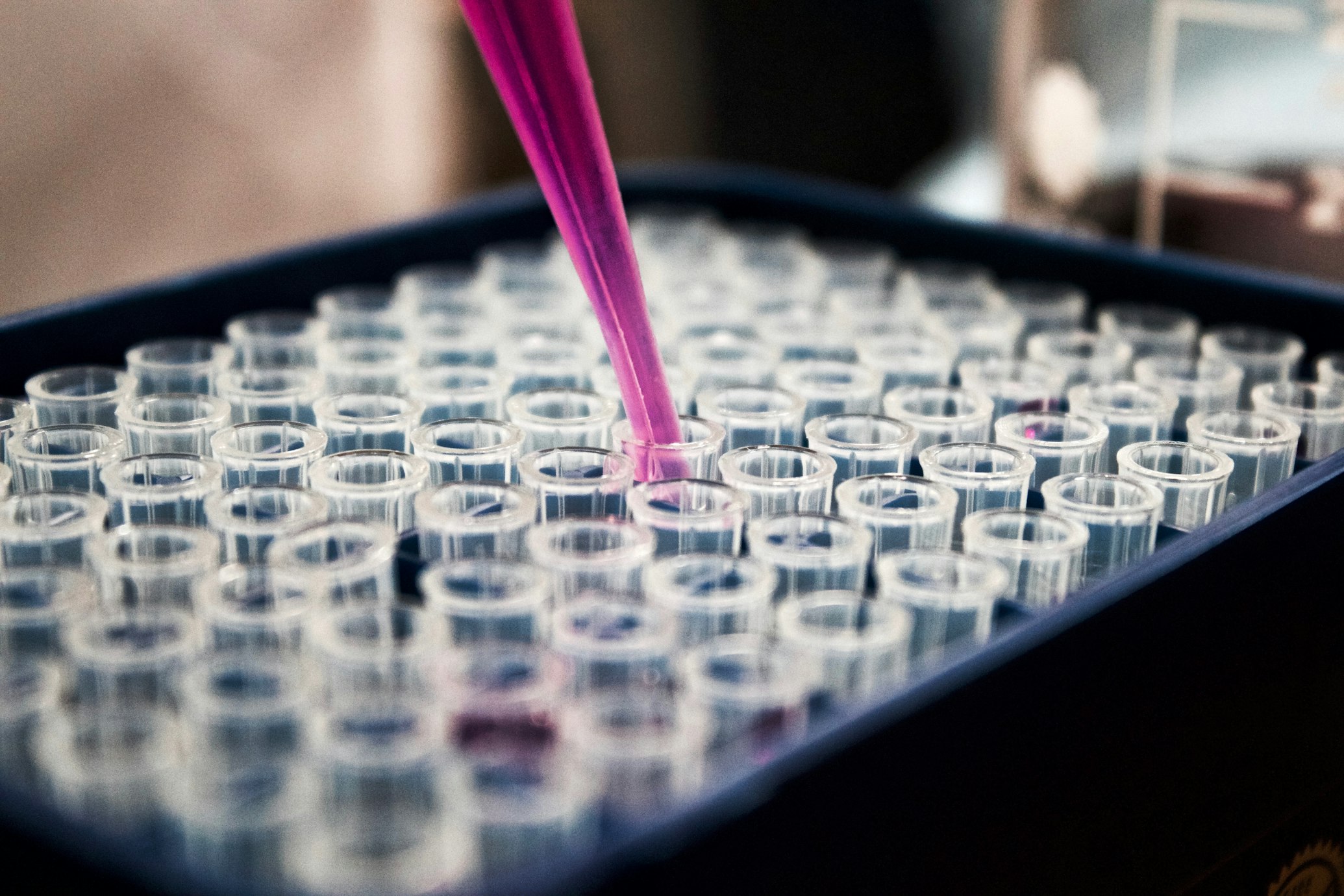The Luminous Renaissance
In the vast universe of organic chemistry, certain molecules emerge as quiet stars—only to explode into brilliance decades later. Such is the story of aroyl-S,N-ketene acetals, once-obscure heterocycles now experiencing a spectacular revival.

These versatile compounds, characterized by a unique blend of sulfur, nitrogen, and carbonyl groups, have catapulted from chemical curiosities to cutting-edge emissive materials. Their superpower? A dazzling ability to light up under specific conditions—especially in solid states or aggregated forms—making them indispensable for next-gen technologies like bioimaging, environmental sensors, and smart materials 2 4 .
Decoding the Glow: Structure, Properties, and AIE Magic
Architectural Brilliance
At their core, aroyl-S,N-ketene acetals feature a push-pull electronic system:
- Electron donor: Benzothiazole unit (S,N-heterocycle)
- Electron acceptor: Aroyl group (aromatic carbonyl)
This polarized structure creates a "molecular antenna" for light absorption and emission.
Emission Color Tuning via Substituents
| Substituent (R) | Emission Color | λem (nm) |
|---|---|---|
| –NMe₂ | Deep blue | 442–460 |
| –OMe | Blue-green | 480–500 |
| –CN | Orange-red | 580–600 |
| –NO₂ | Red | >600 |
Beyond Glow: Multifunctional Behavior
Metal sensing
Dimethylamino-substituted derivatives triple quantum yields (Φf = 0.20 → 0.55) upon binding Au(I) ions 3 .
pH response
Protonation quenches fluorescence, enabling acid-base sensors 5 .
Energy transfer
In bichromophores, one chromophore "passes" energy to another, creating tunable colors .
The Breakthrough Experiment: Solvent Optimization Revolutionizes Synthesis
Background: The Yield Crisis
Traditional synthesis required 1,4-dioxane/ethanol mixtures at 120°C, producing side reactions that capped yields at 57% on average. Key culprits:
- Ethanol competed with ketene intermediates, forming ethyl ester byproducts (Einhorn acylation).
- High temperatures triggered self-condensation of intermediates 1 .
Methodology: The Green Solution
A 2025 study reengineered the process via mechanism-driven optimization 1 :
- Reagents: Aroyl chloride, 2-Methyl-N-benzylbenzothiazolium salt, Triethylamine base
- Solvent Swap: From 1,4-Dioxane/ethanol to Pure 1,4-dioxane or 2-MeTHF at room temperature
Yield Transformation Under Optimized Conditions
| Product | Old Yield (%) | New Yield (%) | Solvent |
|---|---|---|---|
| 1a | 52 | 90 | 1,4-Dioxane |
| 1c | 45 | 96 | 1,4-Dioxane |
| 1f | 58 | 95 | 2-MeTHF |
| 1k | 27 | 99 | 1,4-Dioxane |
The Scientist's Toolkit: Essential Reagents for Synthesis
| Reagent | Function | Notes |
|---|---|---|
| 2-Methylbenzothiazolium salts | Nucleophile precursor | Deprotonation forms S,N-ketene acetal intermediate |
| Aroyl chlorides | Electrophile partner | Electron-withdrawing groups enhance red emission |
| Triethylamine (Et₃N) | Base for deprotonation | Critical for intermediate generation |
| 2-MeTHF | Green solvent | Renewable, improves yields vs. ethanol mixtures |
| Tetrabutylammonium fluoride (TBAF) | Desilylation agent | Unmasks alkynes for click chemistry |
| PdCl₂(PPh₃)₂/CuI | Sonogashira coupling catalysts | Links alkynes to benzyl groups |
Beyond the Lab: Real-World Applications
Metal pollution detectors
Environmental monitoring
Iron(III) complexes quench emission, enabling water quality sensors 3 .
Alcohol purity tests
Quality control
AIE response in ethanol-water mixtures quantifies contamination 5 .
Smart materials
Advanced materials
Triazole-linked derivatives create AIE-active hydrogels 6 .
Cancer theranostics
Medical applications
Gold(I) complexes enhance emission while targeting tumor cells 3 .
Fingerprint visualization
Forensic science
AIE "light switch" enables forensic applications 6 .
Sustainable OLEDs
Energy technology
Potential for eco-friendly display technologies .
The Future is Bright
Aroyl-S,N-ketene acetals exemplify how forgotten molecules can redefine modernity.
As researchers engineer multichromophore arrays and biocompatible conjugates, these "glow-triggering" systems promise advances from sustainable OLEDs to intracellular biosensors. Their journey—from synthetic obscurity to emissive superstar—proves that in chemistry, light always awaits its renaissance 2 4 .
